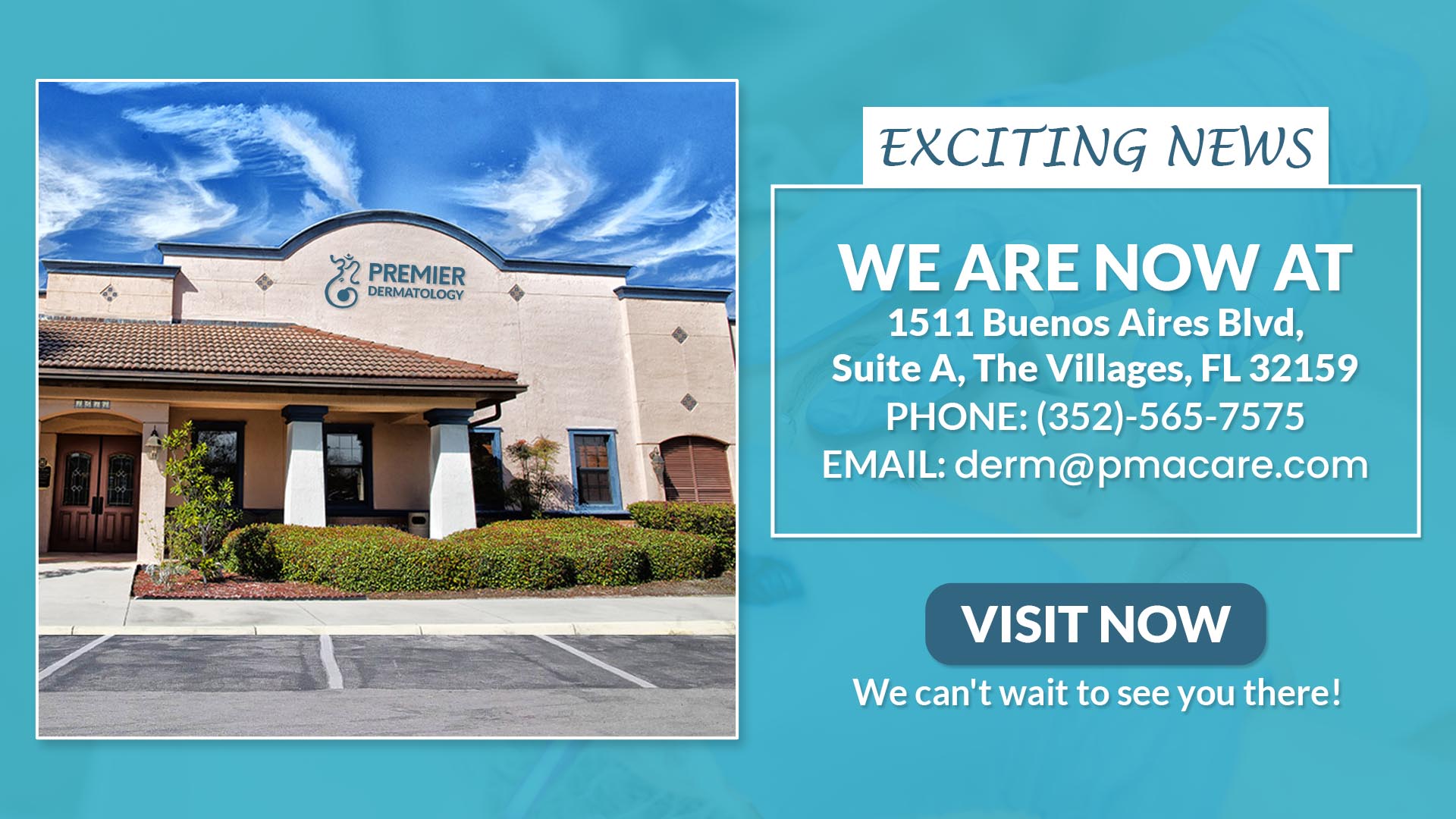The first “stimulated” emissions of microwave radiation were created in the year 1954. A few short years later, doctors along with researchers found out these controlled emissions could have clinical applications. In the early 1960s, dermatologist Leon Goldman Leon Goldman; Surgeon Was Pioneer in Laser Medicine was the first person to use lasers to treat skin problems. Fractional lasers, which emit light in such a way that they create a small pattern of injuries to stimulate repair, later became available in 2004.
How do lasers work for treatments? H2
Lasers are a focused beam of light that uses a singular color to target a certain area on the skin, for example – a brown spot or an unwanted hair follicle- while leaving the skin around it completely untouched.
The various light wavelengths produced by lasers — red, blue, green, and so on — are absorbed by different targets in the skin, and then the laser light is converted into heat energy when it hits the target, thereby destroying the target and removing it from the skin. For instance, in a patient struggling with skin redness, yellow light wavelengths are used because blood absorbs this color light, so those are the ones that would help rid of the redness.
If you are looking for a laser treatment appointment, you will get an immediate appointment at your nearest dermatology clinic – Premier Dermatology. Our healthcare providers are well-trained and experienced to give you the best treatment.
What are the different types of lasers available? H3
There are are different types of lasers on the market, and only a trained dermatologist should be making the call about which one is best for your skin type. Let us start by discussing the difference between the two primary fractionated lasers: ablative and non-ablative.
Ablative lasers
These lasers remove the thin outer layer of skin, also known as the epidermis and heat the underlying skin which is your dermis to stimulate new collagen growth. When the epidermis heals, the treated area appears smoother and tighter.
Non ablative lasers
This laser does not destroy the outer layer of your skin. It bypasses the outer layer of the skin and pockets of heat are placed directly into the dermis. By doing that, it causes a controlled wound that will cause some new collagen contraction and remodeling
Fraxel Fraxel Repair: Skin Resurfacing Treatment | RealSelf
Fractionated lasers such as Fraxel are used widely for laser skin resurfacing and tackle all sorts of sun damage, from discoloration to fine lines. Instead of a solid beam, this type of laser focuses on the target area with a polka-dot pattern that damages less tissue and speeds up recovery. Substantial improvements are seen after three or four sets of treatments.
Recovery highly depends on the type of fractionated laser used but is typically about two to three days of redness, tenderness, and changes in skin texture.
Clear + Brilliant Clear + Brilliant® Overview: Cost, Recovery, Before & After | AEDIT
This is also called “Baby Fraxel” because it is less invasive, Clear + Brilliant is a non-ablative, fractional laser that uses lower-energy wavelengths that focus on the skin’s superficial layers, resulting in a more uniform skin tone, radiance, and improved texture with minimal redness and swelling. After three to five 20 minutes of the treatments, spaced about a month apart, brown spots improve.
Clear + Brilliant is considered one of the gentle skin rejuvenation laser treatments and it is safe for all skin tones with no downtime.
Intense Pulsed Light (IPL) Intense Pulsed Light (IPL) Therapy – StatPearls – NCBI Bookshelf
IPL is one of the most popular devices for treating sun damage, hyperpigmentation, and acne. But despite widespread belief, IPL is not actually a laser. It is used to treat similar issues as laser treatments dose. IPL uses a broad spectrum of light wavelengths in brief pulses to heat specific pigments in the skin and break them down resulting in flawless skin.
It is important to note that there is a risk of hyperpigmentation in darker skin, so consult your dermatologist to ensure this is the right option for your skin type. After treatment, your skin may be red and swollen for a few hours or even up to a day or two.
Carbon Dioxide Laser (CO2) Carbon Dioxide Laser Resurfacing – Cleveland Clinic
Carbon dioxide lasers, also called CO2 lasers, are the most intensive option; they have been popular since the 1980s for the rejuvenation of aging and damaged skin. The laser destroys the targeted tissue in the affected area while leaving the surrounding tissue as undamaged as possible.
This is one of the few laser treatments that can target both the epidermis and the dermis. Removing parts of the epidermis prompts the regrowth of epidermal cells while also stimulating collagen production in the dermis, which tightens and plumps the skin. This ablative laser can address fine lines and wrinkles, discoloration, including sun damage, age spots, and acne scars.
Over the years, traditional CO2 lasers fell out of favor because they could also cause bleached spots and scarring and required a long recovery period. However, the new, fractional version allows for faster healing and excellent improvements in fine lines and spotting.
What are the different uses of laser treatments?
Lasers and Psoriasis
Lasers, specifically Excimer and Ng:YAG lasers, have been proven to effectively reduce psoriasis, resulting in scales and red patches on the skin. Scientists found that in psoriasis, there is an immune system issue involving the T cells, resulting in changes to skin cell growth and the development of psoriasis plaques. Excimer lasers target the DNA of these T cells and can help improve the appearance of the skin.
Lasers and Birthmarks
Birthmarks can be reduced with the help of lasers. Pulsed dye lasers target to decrease melanin and eliminate blood vessels. Red birthmarks like port-wine stains, brown birthmarks, and blue birthmarks can all be treated with pulsed dye lasers.
Lasers and Scars
Lasers can treat several types of scars, including surgical scars, acne scars, and scars from injuries. They penetrate the epidermis to stimulate new, healthy skin cells. The most common lasers used in scar removal are ablative fractional carbon dioxide lasers, Nd:YAG, nonablative fractional lasers, and pulsed dye laser treatments.
Lasers and Hair Removal
Laser hair removal is a medical procedure that uses a concentrated beam of light to remove unwanted hair on your body. The laser emits light that is absorbed by the pigment in the hair and the light energy is converted to heat, which then damages the hair follicles that produce hair. This damage inhibits or delays future hair growth and with repeated treatments, laser hair removal can permanently reduce unwanted hair.
But lasers are not only used for hair reduction. There are Low-Level Laser Therapy (LLLT) Low-Level Laser Therapy: What You Need to Know | RealSelf options which is a new treatment that uses low-power lasers to stimulate hair growth. It is hypothesized that LLLT stimulates stem cells in the hair follicle and shifts the follicles in the growth stage of the hair cycle.
You can get your laser treatments and immediate dermatology consultation at your nearest Premier Dermatology.



